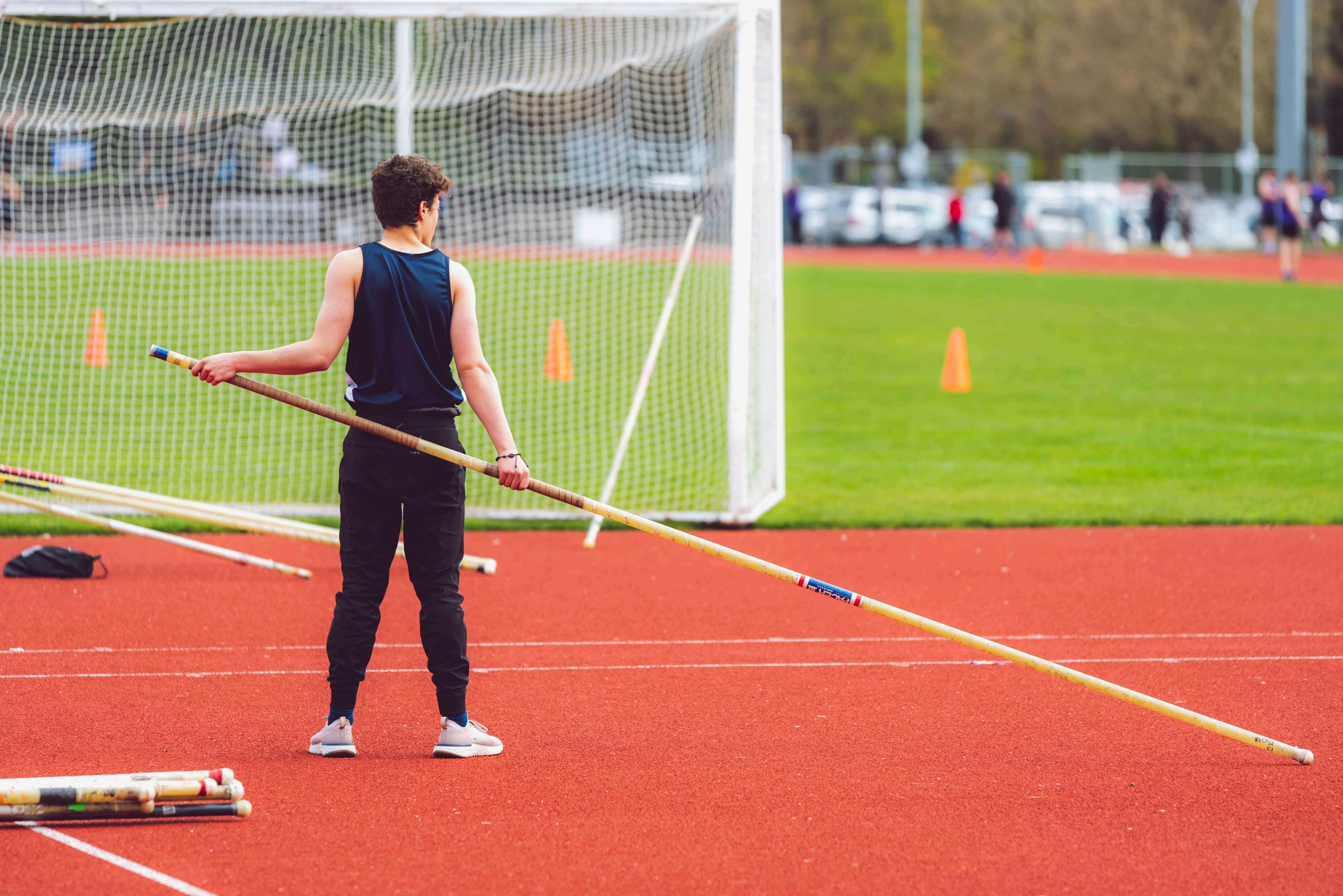The Intricacies of the Pole Vault: A Comprehensive Study
Pole vaulting is a captivating sport that combines strength, speed, agility, and a hint of daring. It’s a spectacle that has athletes soaring high in the air, defying gravity with the help of a flexible pole. This article aims to delve into the intricacies of pole vaulting, tracing its historical roots, exploring the current trends, and highlighting its benefits and challenges.

Pole Vaulting: A Historical Overview
Pole vaulting has a long-standing history that dates back to the ancient civilizations of Greece and Egypt. Initially, it was used as a practical means of crossing obstacles like rivers and canals. It later evolved into a competitive sport, with the first recorded competition taking place in Ireland in the 19th century.
The sport has since undergone significant changes, with improvements in equipment and technique transforming it into the high-flying spectacle it is today. The introduction of flexible fiberglass poles in the 1960s marked a major turning point, allowing vaulters to achieve greater heights than ever before.
Current Trends in Pole Vaulting
Pole vaulting today is a dynamic sport that continually pushes the boundaries of human performance. The current world record in men’s pole vaulting stands at 6.18 meters, set by Armand Duplantis in 2020. This is a testament to the ongoing advancements in training methods and equipment technology.
One notable trend is the increased focus on comprehensive fitness training. Pole vaulters now incorporate a wide range of activities into their training regimen, including weightlifting, sprinting, and gymnastics, to improve their strength, speed, and flexibility.
The Science of the Vault: Understanding the Mechanics
Pole vaulting is not just a test of physical prowess—it’s a showcase of biomechanics in action. The perfect vault involves a complex interplay of forces, with the vaulter converting horizontal speed into vertical lift.
There are several key phases in the vault, each with its own challenges. The approach run must be fast and controlled, the plant and take-off need to be precisely timed, and the swing up and extension require strength and flexibility. Mastering these elements demands a high level of skill and a deep understanding of the sport’s mechanics.
The Benefits and Challenges of Pole Vaulting
Pole vaulting offers numerous benefits, both physical and mental. It improves strength, speed, agility, and coordination, and it also teaches discipline and perseverance. The thrill of soaring through the air and the satisfaction of clearing a high bar can be incredibly rewarding.
However, the sport also presents significant challenges. It requires a high level of technical skill, and the risk of injury is considerable. Proper training and safety measures are essential to minimize these risks.
Pole Vaulting and its Role in Modern Athletics
Today, pole vaulting is a key event in track and field competitions worldwide, including the Olympics. It draws spectators with its blend of athleticism, daring, and drama. As the sport continues to evolve and athletes push the boundaries of what’s possible, pole vaulting remains a testament to human potential and the thrill of sports.
In conclusion, pole vaulting is a fascinating sport that combines physical prowess with technical skill. It offers a unique spectacle and a compelling challenge for athletes, making it a standout event in the world of athletics.




